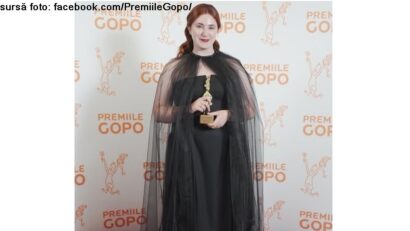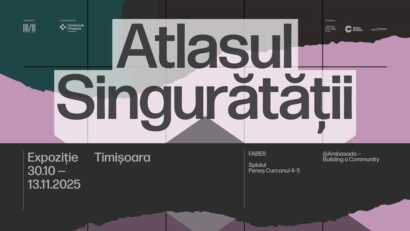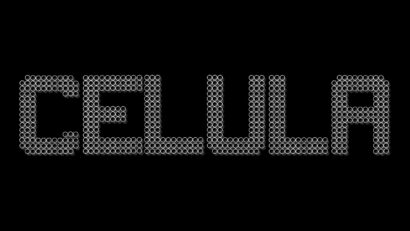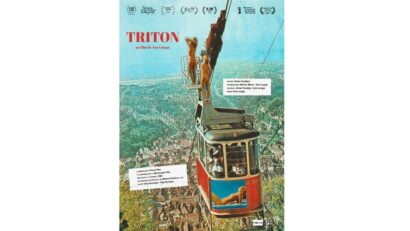Dragomirna Monastery receives the EU Prize for Cultural Heritage
On May 5, Vienna's Burgtheater hosted the 2014 EU Europa Nostra Awards for Cultural Heritage.
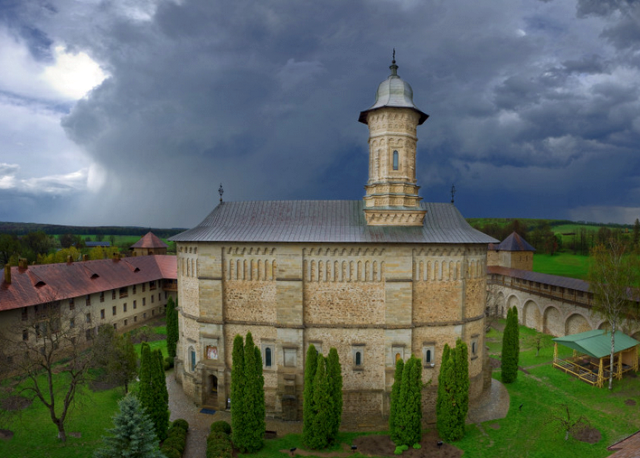
Luana Pleşea, 30.08.2014, 12:00
The awards were granted by Androulla Vassiliou, European Commissioner for Culture, and tenor Placido Domingo, president of Europa Nostra. On the list of the 27 winning projects, picked out of 160 nominations from 30 countries, there is a Romanian project, awarded in the conservation section: restoring 17th century frescoes in the Dragomirna Monastery in Suceava County.
The team who worked on the project was made up of 50 professionals and students, coordinated by assistant professor Carmen Solomonea, PhD, head of the mural art department of conservation and restoration of the George Enescu Art University in Iasi.
The initiative to apply for the awards belongs to the professor Carmen Solomonea: “I believed we had to do that simply to promote a very interesting project, and a Romanian monument which, at least in terms of mural painting, was restored for the first time in 400 years. We never thought that we would win, because this is a very tight competition each year. The criteria are tough, they apply very high standards for the competition, they promote work based on how old the object of restoration is, but also the quality of the works and the way they are promoted. All these have to result from the project.”
Dragomirna Monastery is part of a fortified group of buildings 12 km north of Suceava. It has been around for four centuries, and its mural paintings were restored for the first time as part of this very special project.
Professor Carmen Solomonea: “There is no precise documented age for the buildings, because the church doesn’t have a register, as others do. However, from the documents of the age we know that Metropolitan Bishop Anastasie Crimca, the church’s financer, could not have paid for those paintings after 1629, when he became unable to do so. Therefore this painting dates back to the early 17th century, covering the nave and altar. The rest of the rooms no longer have paintings. Back then it was very difficult to obtain large quantities of dies and gold leaf, and almost a third of the painted surface is covered in gold leaf, of sculpted stone, which the painters have covered with a fine layer of fresco and decorated with floral motifs, with birds… this is what makes a difference in the painting in Dragomirna. It comes with a newer, slightly changed repertoire. It was probably the influence of those times which were to come. It was probably a western influence, with sculpted and painted elements.”
One of the criteria for selecting the winner was the impact on boosting the visibility of a given project.
Carmen Solomonea told us that the impact could be seen even before the project was finished, between August 2010 and March 2012: “As this was the first restoration of these paintings, the images changed. Before, they were covered in soot, layers accumulated in time, and it was hard to see it. Now you can even read the iconographic program, there are lots of people around who are interested in it and can read it. After we were done, we noticed that the visibility of the church increased. This convinced us to compete in the Europa Nostra. I have worked in a few more places in Bukovina, but they had their visibility already assured. Here we dealt with an objective that wasn’t on the beaten trail, was not known as well as it should have been. This objective is different, because it reflects the changing times and ages, as well as the change in mentality. It was the dawn of the modern era, even if it was the early 17th century. A lot of groups of people came around to admire it even while we were working. We expected to see a lot of people. We spread the news that it could be visited once we finished the project, and much more groups than we expected came to visit. The management of the monastery told us that the visibility had increased. We had to carry the promotion further. We already have a project to put together a monograph of the church, to include this restored part, with pictures made during restoration, as well as when it was done, pictures taken especially for such a book.”
This year’s winners of the Europa Nostra Awards join the other 360 winners declared since 2002. Juries were made up of independent experts from all over Europe, and evaluated the nominations based on several criteria: conservation, research, exemplary contribution, as well as educating the public. All the winners received a plaque or a trophy. Each of the six winners of the grand prize also received a 10,000 Euro prize.

